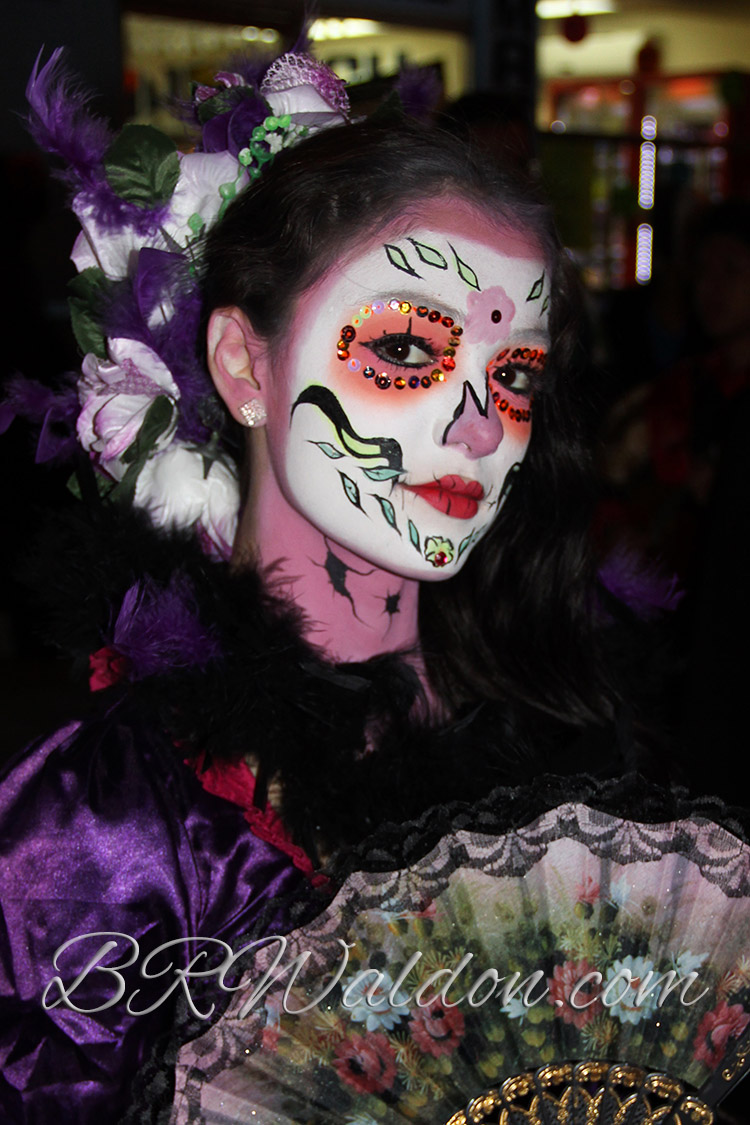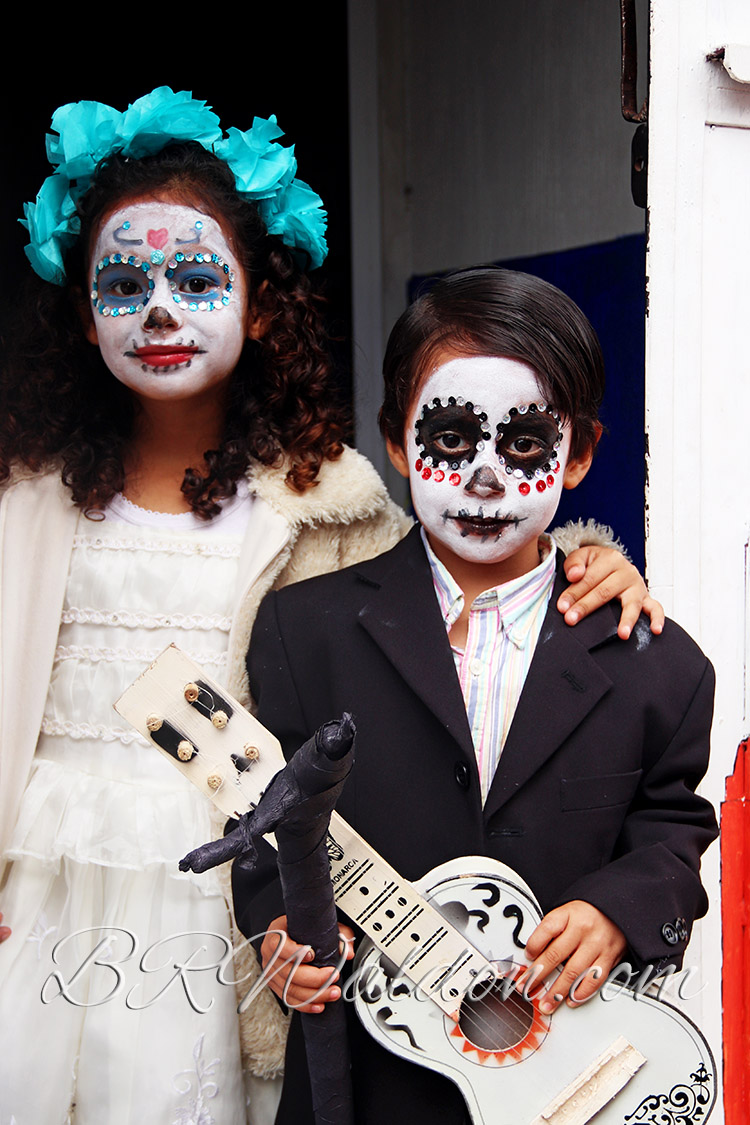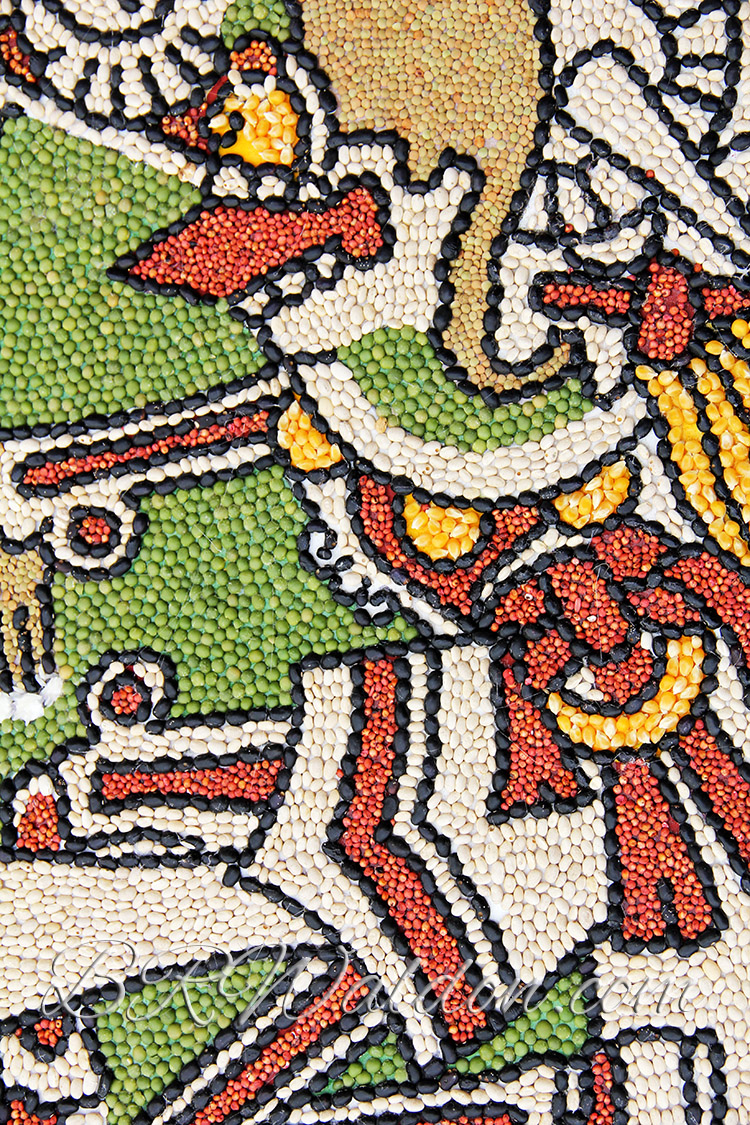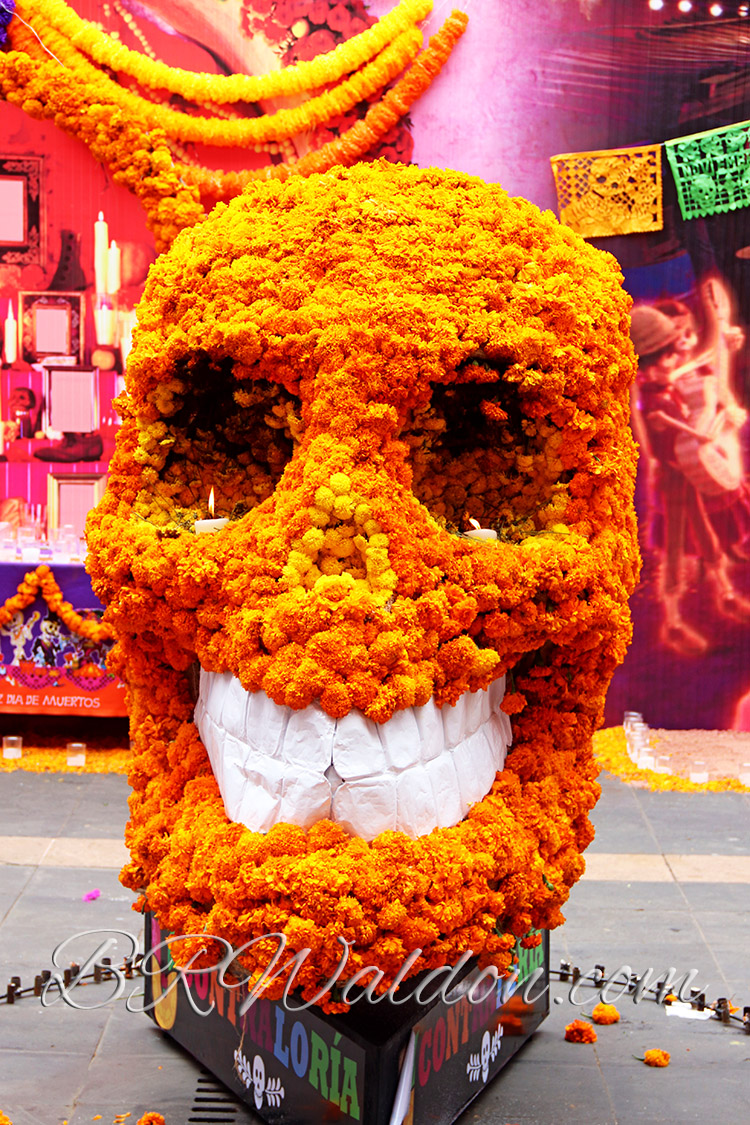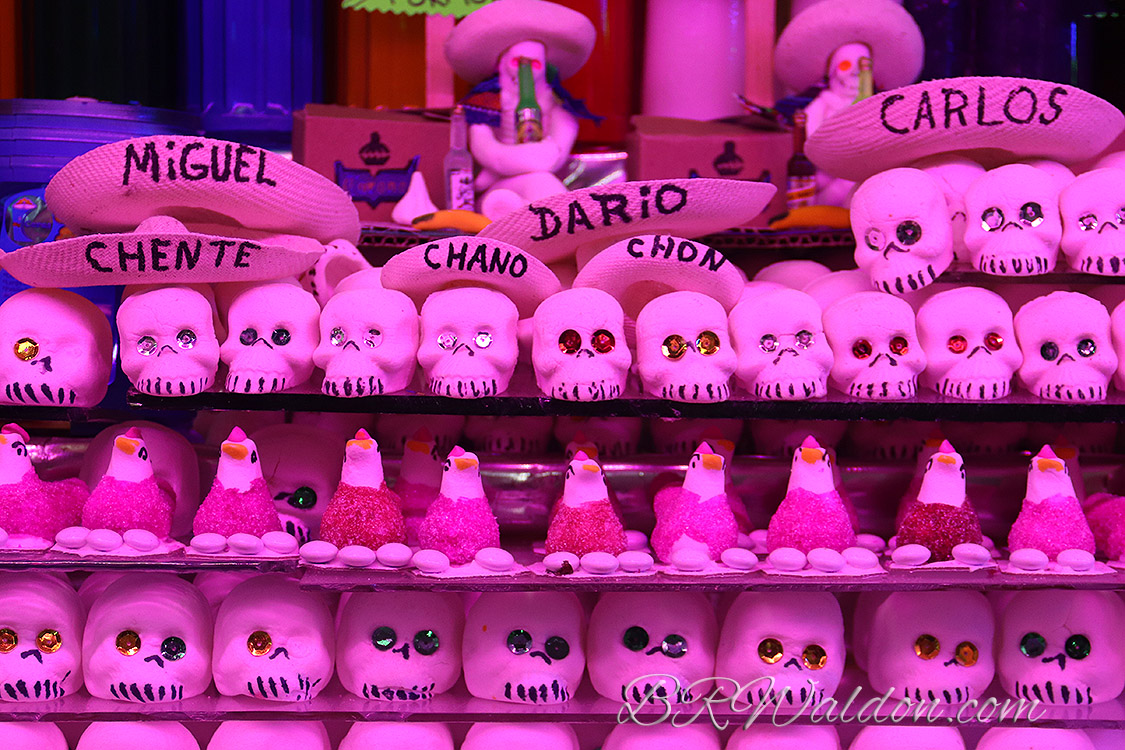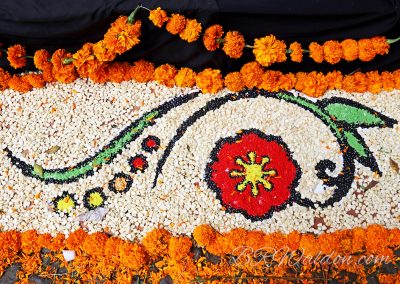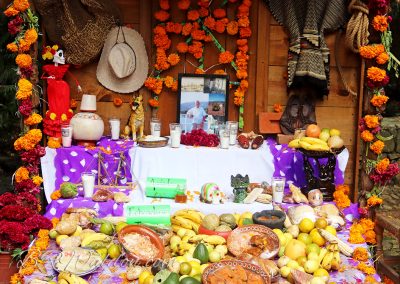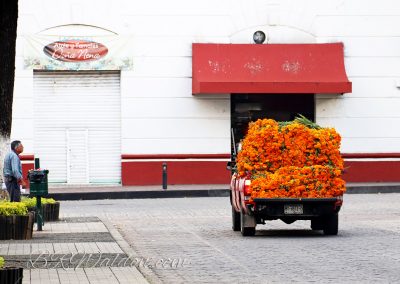Day of the Dead
The Mexican tradition of Día de los Muertos, Day of the Dead, traces back centuries to a similar holiday celebrated by the Aztecs. It was presided over by Mictlantecuhtli, the Aztec god of death, and his wife Mictecacíhuatl, who ruled the underworld.
Following the arrival of the Spaniards in Mexico in the early 16th century, Aztec festivals and traditions were blended with Catholic beliefs. The days of observing rituals to remember the departed were assigned to the Catholic holidays of All Saints Day on November 1, and All Souls Day on the following day.
The modern practices reflect centuries of tradition. Cleaning and adorning graves. Constructing an altar filled with favorite things of the deceased, so that they may smell and enjoy them when they return on November 2. Walking in processions with faces painted like skulls and hats adorned with flowers, carrying a photo or other remembrance of their loved one.
The days also have many death-related symbols. An abundance of flowers, especially marigolds. Calacas of papier mâ·ché tower over visitors at festivals. Artistic figures of skeletons in formal dress, including brides and grooms. Sugar skulls and other confections like skeletons in caskets. And pan de muertos, a special bread sprinkled with sugar for the day.
Although the Day of the Dead has been widely observed in Mexico for hundreds of years, the modern environment of cartel violence, conflicts and death is somehow muted by this celebration of the dead. The symbols and death-themed objects and costumes perhaps help Mexicans to accept death with a sense of celebration as they remember and honor the dead.


